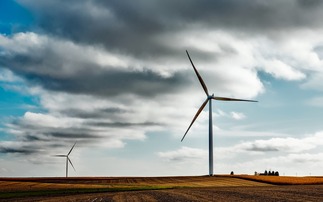Historic US-China climate change agreement promises to deliver huge boost to the global green economy
6. The undercard commitments are important too
The new emissions targets may have grabbed the headlines, but the US-China pact also contains a raft of clean tech commitments that will benefit green businesses. The agreement highlights how the US and China are already working together through the US-China Climate Change Working Group (CCWG) and its work on carbon capture, smart grids, energy efficiency, forest protection, emissions reporting, and forest management, a deal to curb HFCs, and the recently launched US-China Clean Energy Research Center.
Further progress is expected on all these fronts, with the deal stating that the two sides "intend to continue strengthening their policy dialogue and practical cooperation, including cooperation on advanced coal technologies, nuclear energy, shale gas and renewable energy, which will help optimise the energy mix and reduce emissions, including from coal, in both countries".
In particular, the agreement includes specific pledges to expand joint clean energy R&D, co-operate on a major carbon capture project in China, launch a new Climate-Smart/Low-Carbon Cities Initiative, provide further funding to demonstrate emerging clean technologies, and work together at ongoing international talks to promote trade in green goods.
7. The scientists are right, the US-China targets do not go far enough
The agreement is a solid step forward for the global green economy and will increase the chances of decarbonisation efforts accelerating over the next two decades. However, policy makers, business leaders, and investors all need to remember that the targets set by the US and China are still not in line with those recommended by climate scientists. Barring hugely ambitious emission reduction commitments from India and other large emerging economies that are not currently in the pipeline, these targets will not deliver the 2020s peak in global emissions scientists claim is needed to keep us on course for a 2C world. Instead, they put us on track for an emissions peak sometime between 2035 and 2050 and a 3-4C world.
Those businesses and policy makers who are serious about tackling climate change have to recognise that the US, China and other leading economies all need to overachieve on the emissions targets they have set, at the same time as investing in climate adaptation and exploring how the world may curb greenhouse gas emissions in the atmosphere during the second half of the century









